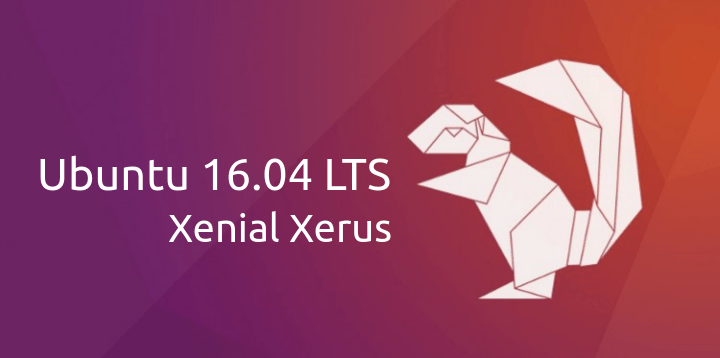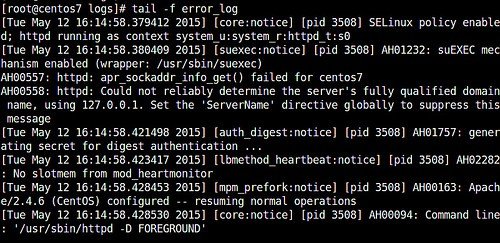Large Language Model Formats and Quantization
Large language models (LLMs) are revolutionizing the way we interact with machines. From composing realistic dialogue to generating creative text formats, these powerful AI models are pushing the boundaries of what’s possible. But behind the scenes, a complex ecosystem of formats and techniques underpins their functionality. This article delves into these crucial elements, explaining the various file types, architectures, and quantization methods that empower LLMs.
Understanding Key Terminology:
- Model Architecture: The underlying design that defines how information flows through an LLM.
- Model File Format: The container that stores the LLM’s parameters (weights and biases) and potentially additional information.
- Quantization: A technique for reducing the size and computational cost of an LLM by representing its weights and activations with fewer bits.
Common File Formats:
- Safetensor/PyTorch bin: Raw, uncompressed model files typically containing float16 precision weights. These files serve as a starting point for further training or fine-tuning.
- .pth (PyTorch): A container for a PyTorch model, potentially including Python code for model execution and the model’s weights. The specific contents depend on how the model was saved.
- .tf (TensorFlow): Similar to .pth, this format stores a TensorFlow model, potentially including the complete static graph (computational steps) alongside weights.
Model Architectures:
- Transformers: A dominant LLM architecture, using attention mechanisms to understand relationships between words. GPT-3 is a well-known Transformer-based model.
- Encoder-Decoder Transformers: A variant where the model first processes an input sequence (encoding) and then generates an output sequence (decoding), commonly used for machine translation.
- GGML (Google GraphML): An older format for storing LLM information, potentially limited in its ability to handle diverse architectures and advanced features.
- GGUF (Google Unified Format): An improvement over GGML, offering greater flexibility and support for multiple architectures, prompt templates, and hardware agnostic execution (CPU or GPU).
Quantization Techniques:
- GPTQ (GPT Quantization): A legacy quantization method optimized for GPUs, offering performance improvements through reduced precision representation of weights and activations.
- AWQ (Adaptive Weight Quantization): An advancement over GPTQ, achieving roughly twice the speed for quantization.
- EXL2 Quantization: The latest innovation, offering even better performance than AWQ for quantization tasks.
- INT8 Quantization: Reduces model size and speeds up inference on hardware that doesn’t natively support float16 precision, making it attractive for deployment scenarios.
Additional Formats and Techniques:
- Knowledge Distillation: A technique for compressing a large, complex model (“teacher”) into a smaller, faster model (“student”) while preserving its capabilities.
- Pruning: Removes unimportant weights and connections from a model, leading to a smaller size and potentially faster inference speeds.
- ONNX (Open Neural Network Exchange): An open format designed to facilitate model interchange between different frameworks (PyTorch, TensorFlow, etc.). This allows for broader deployment options.
- Checkpoint Files: Model snapshots saved during training at specific points. These are crucial for resuming training or fine-tuning later.
- JSON/YAML Configuration Files: Accompany model files, defining metadata like vocabulary, model architecture details, and training parameters.
- Bloom: A research-oriented format focused on transparency and ease of development for very large language models.
Model Architectures:
- Transformers: Imagine a network of interconnected layers that analyze the relationships between words in a sequence. This is the essence of a Transformer architecture. It utilizes an attention mechanism, where the model focuses on specific parts of the input sequence when processing other parts. This allows the model to capture long-range dependencies within the text data.
- Encoder-Decoder Transformers: This variant consists of two parts: an encoder and a decoder. The encoder processes the input sequence, capturing its meaning. The decoder then uses this encoded representation to generate the output sequence, word by word. This architecture is particularly useful for tasks like machine translation, where you need to translate text from one language to another.
- GGML (Google GraphML): An earlier format used to store LLM information. While it served its purpose, GGML’s limitations became apparent as architectures evolved. It might not have the flexibility to handle the complexities of modern LLMs or advanced features like prompt templates.
- GGUF (Google Unified Format): An upgrade over GGML, GGUF addresses its limitations. It offers more flexibility by storing additional metadata about the model, allowing for better support of diverse architectures and prompt templates







